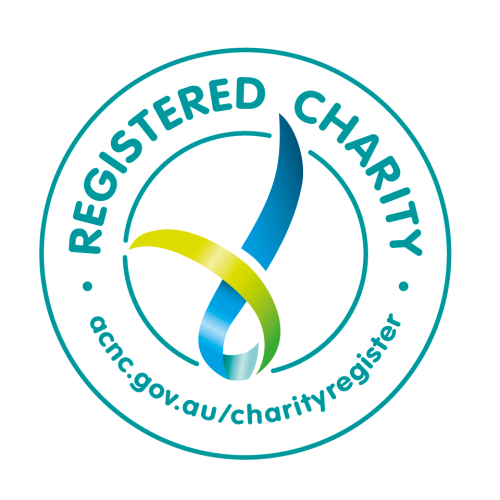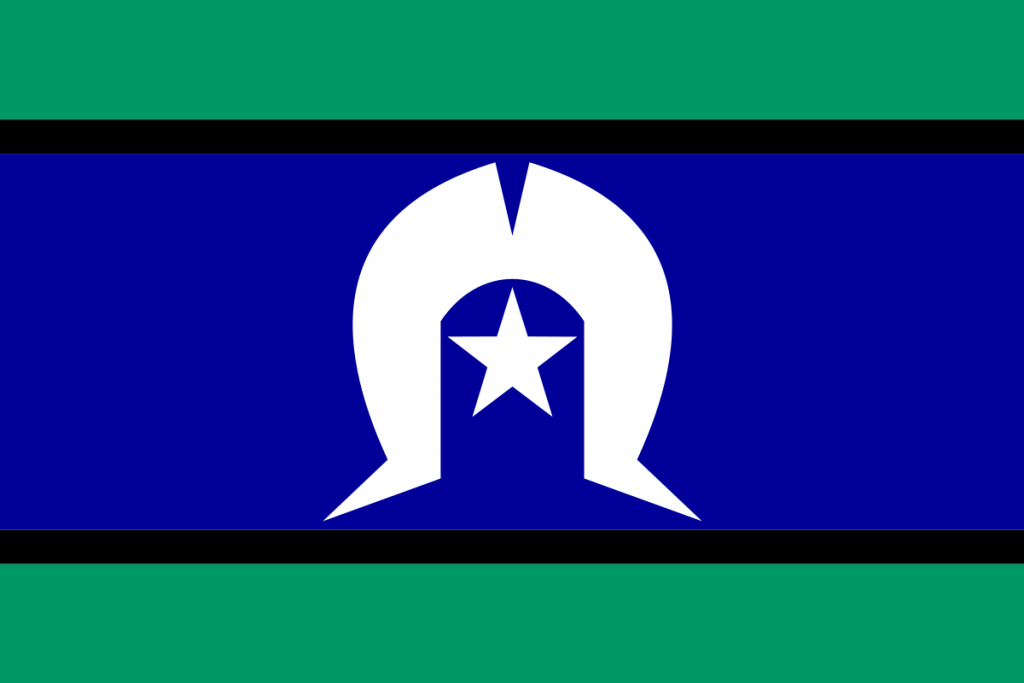Prevention of Occupational Violence and Aggression in Residential Care Services
Child and Family Services’ workers are entitled to a healthy and safe workplace and to compensation and rehabilitation if they are injured at work.
The Occupational Health and Safety Act 2004 outlines the Employer’s legal duty to provide a safe working environment for all employees. The Centre for Excellence in Child and Family Welfare expects Community Service Organisations to ensure the health and safety of their employees at work.
Residential Care Work is the profession with the highest exposure to workplace violence in the child and family services sector.
There is an urgent need for the sector to work collaboratively to address this problem. The Centre is currently working in collaboration with Victorian and Tasmanian CSOs, the Australian Services Union and WorkSafe Victoria to address this health and safety issue.
WorkSafe Victoria is the Workplace Health and Safety Regulator to ensure workplaces are compliant in their duties to provide a safe working environment under the Occupational Health and Safety Act 2004. In 2018/19, WorkSafe Victoria commenced a project which includes Inspectorate visits to Residential Care Facilities across metro and regional Victoria in response to occupational violence and aggression. If you would like more information on how to prepare for these visits, click here .
Employer Work Health and Safety Responsibilities
Employee responsibilities
As an employee, you are also responsible for health and safety at work. You also need to take care for other’s health and safety who can be affected by what you do or don’t do.
WorkSafe Victoria has outlined key responsibilities for employees which can be found on their website. It is important that you know what your responsibilities are and how it affects the people you work with.
Everyone has a role to play in keeping people safe at work and it starts with knowing what our responsibilities are.
More information regarding your legal duties can be found here.
There are support tools and resources available online via WorkSafe Victoria’s website for Community Service and Support Organisations which can be found here.
Key messages for leaders
Prevention and management of violence and aggression requires active engagement from every level of the organisation. Violence and aggression is not ‘part of the job’ for any employee, even when it is committed by people whose clinical condition may be affecting their judgement. You can take steps to prevent or minimise an incident.
Organisation leaders, supervisors and team leaders play a pivotal role in developing a positive safety culture where priority is placed on the health, safety, and wellbeing of employees and patients.
Senior Leaders should demonstrate a commitment to promoting a culture where violence and aggression is not accepted as ‘part of the job’. Senior Leaders can use this as a guide to understand what this might look like:
- Set health and safety objectives and accountabilities with the OHS Committee in consultation with Health and Safety Representatives and employees
- ensure effective health and safety systems are in place to identify and control risk
- support employee development in de-escalation and processes for early intervention, including crisis intervention management through training and support
- allocate resources to prevention and management
- developing and promoting health and safety policy and key initiatives
- have clear policies and procedures for reporting
- encourage reporting and acting on these reports
- investigating incidents and reviewing risk control measures
- consulting and supporting employees
- monitoring and reporting on performance outcomes; acting on issues and opportunities, and
- ask questions about violence and aggression prevention systems in your workplace.
Direct Line Managers, Supervisors and Team Leaders should:
- Undertake regular risk assessments to identify violence and aggression risks in your area
- implement risk controls to eliminate or reduce these risks
- engage Health and Safety Representatives when an issue is identified
- encourage reporting and act on these reports
- investigate incidents and review existing controls
- support employees’ development in de-escalation and processes for early intervention and management
- allocate resources to prevention and management
- consult and support employees
- promote a zero-harm tolerance culture
- ask for help if they, or their employees need it.
- encourage employees to report incidents of violence and aggression
Employees who have been affected by a violent or aggressive incident in the workplace may want to keep working with the child and dismiss their own wellbeing;
It is critical to engage your employees, so they know:
- why they need to report incidents
- the reporting policies and procedures at their workplace
- they will be supported when they report
- what will happen after they report, and the feedback they can expect to receive, and
- how their reporting has contributed to positive changes to reduce future risks.
How to prepare for a WorkSafe Inspector Visit
There are multiple reasons why WorkSafe Victoria (WorkSafe) may choose to inspect a workplace site. WorkSafe Inspectors will visit worksites for one or more of the following reasons:
Response: Visit in response to a notifiable incident;
Strategic: Visit to review specific safety aspects at the workplace in high priority industries;
Operational: Visit to local workplaces within the area where there are 3 or more active WorkCover claims.
CSOs who provide Out of Home Care for young people in residential care may be selected for Inspectorate Visits as part of a WorkSafe strategic or operational project. Whilst we understand our work falls under the Child and Family Services sector, WorkSafe categorise Community Service Organisations under the Health Care and Social Assistance Industry.
WorkSafe are undertook 2000 health and social care inspectorate visits during 2019/20 as part of their strategic visits within the health and family and child services sector. In addition to these visits, WorkSafe are also undertook manual handling and occupational violence strategic project visits during the same financial year also which increases the number of visits to residential care units.
What this means
In September 2019, then Department of Health and Human Services (DHHS), now Department of Families Fairness and Housing (DFFH), confirmed that additional residential care unit sites have been identified for WorkSafe Inspectorate visits during the remainder of the financial year. This will significantly increase the number of WorkSafe Inspections for each CSO. In practical terms, the Inspectorate visits to residential homes and offices will continue until the end of the financial year. Given this is scheduled to occur, it is timely that each CSO checks that their safe systems of work are up to date to ensure you are providing a safe work environment for your employees.
In order to prepare for any of the three types of WorkSafe Inspectorate visits, please review the following information with the support resources to support you in your preparation for their visit and to ensure we are meeting our Employer obligations under the Occupational Health and Safety Act 2004.
What you need to do
WorkSafe Inspectors will possibly ask specific questions which relate to the safe system of work. You may be asked to outline or provide responses to the following questions in relation to a hazard or issue.
- Be open and transparent: It is important that we retain our integrity in the information we provide to WorkSafe.
- Confidentiality: You can request that the young person’s (involved in the incident) details remain confidential for child protection reasons. For example: You may choose to provide WorkSafe with the de-identified young person’s Behaviour Management Plan to provide evidence of the risk management identification and assessment process, how to engage with the young person, how behaviours should be responded to, any medical diagnosis and medication details for the young person(s) involved.
- Handover Processes: Outline the process at each unit around handover/alerts around client behaviours that may contribute to OH&S issues for employees (Refer to the CSNET alerts, behaviour management plans, handover processes/checklists – particularly important for casuals and agency employees)
- Placement Matching to identify OVA: Explain to the Inspector the process of identifying assessing and responding to risk. Refer to your organisations’ risk management process to identify and assess OVA risk at the referral point. You may be asked questions regarding how you mitigate these risks once identified. Refer to your organisational OVA policy, procedures which outline the safe systems of work.
- Client Behaviour Management Plans: Refresh yourself on these and ensure they are updated and reflecting ongoing changes in risk, specifically around OVA and previous actions.
Team Meetings and Minutes: If you are questioned on the escalation process for strategic management decision making on when placement breakdown decisions occur, refer the Inspector to the process of OVA incident reporting which identifies specific incidents. Confirm your monitoring and reporting processes and provide records.
If an Inspector requests copies of team meeting and agendas and minutes, please provide a copy as evidence of the process. Records of correspondence with the department could also be provided in support of our efforts to manage risk.
- Strategic Project and Operational Visits: These visits may include other general OHS assessments and if so, your HR Business Partner or other People and Culture employees attending the WorkSafe meeting will provide this information on your behalf.
If you need help
There are support tools and resources available online via WorkSafe Victoria’s website for Community Service and Support Organisations which can be found here.
Guidance, resources and support tools
Victorian Public Sector Commission
The Victorian Public Sector Commission released their Occupational Violence and Aggression (OVA) Guide in May 2019. This guidance provides a Framework for Preventing and Managing Occupational Violence and Aggression useful Guidelines for implementing the Framework. You can access this information here.
WorkSafe Victoria
WorkSafe Victoria has a number of useful guidance, resources and support tools on their website available which includes the following:
- Occupational Violence Information Sheet
- Occupational Violence and Aggression Posters
- Occupational Violence and Aggression Community Posters
- Occupational Violence and Aggression Case Studies
- Occupational Violence and Aggression Against Health Care Workers
- Guide to challenging risk behaviour in specialist schools
- Preventing and responding to Work-related Violence Guide for Employers
The WorkSafe Advisory Service is also useful for practical advice and guidance and you can contact them on their telephone advisory service number on 1800 136 089. There is also an online form which you can complete and submit for more information.
Where to go for help
OHS Committee
You can speak to the Chair of your local OHS Committee to discuss how the Framework for the Prevention and Management of Occupational Violence and Aggression can be implemented in your workplace. You can also speak to your Health and Safety Representative to raise this if it is a safety concern at your workplace.
WorkSafe Advisory Service Telephone or Email
The WorkSafe Advisory Service is also useful for practical advice and guidance and you can contact them on their telephone advisory service number on 1800 136 089. There is also an online form which you can complete and submit for more information.
If you need information
There are support tools and resources available online via WorkSafe Victoria’s website for Community Service and Support Organisations which can be found here.



